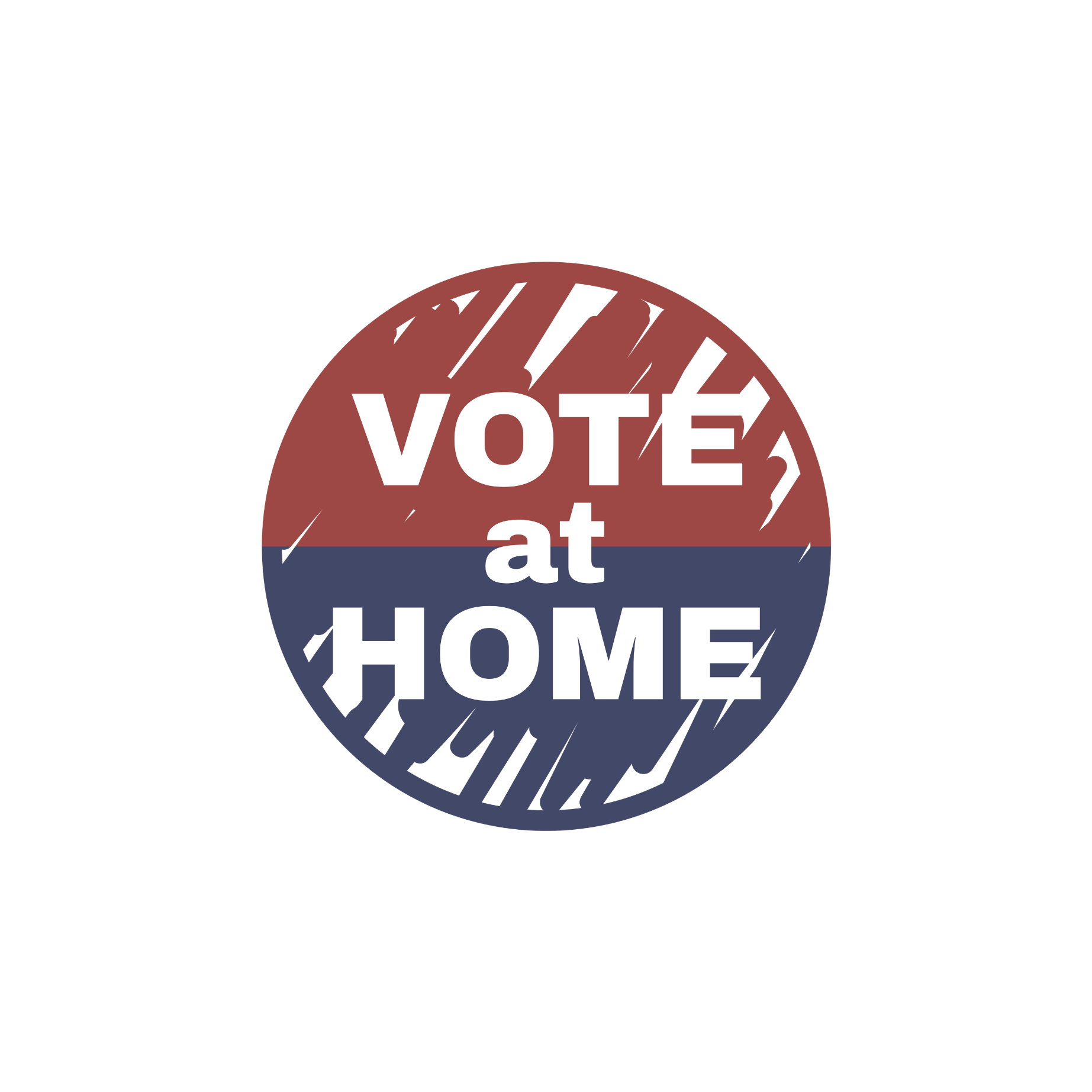Universal Vote at Home states that automatically sent ballots to all active registered voters saw nearly double the national turnout rate
Today, the National Vote at Home Institute (NVAHI) issued a research paper examining turnout in the 2024 primary election cycle. In addition to documenting the abysmal overall turnout – with more than four in five voters not participating – the report found that Universal Vote at Home (VAH) states produced nearly double the turnout rate of non-Vote at Home states in primary elections. This super minority of voters determine the results of primary races that are now so important that they effectively choose an estimated 90% of winners for top federal and state offices.
In regular State Primary Elections, where voters chose Republican and Democratic party nominees for the November general election, only 44 million of an estimated 235 million eligible citizens cast ballots, or less than 1 in 5. In contrast, Universal Vote at Home states, where every active registered voter is automatically delivered a ballot, aggregate primary election turnout levels were approximately double those in polling-place-centric states. In these jurisdictions, the combined turnout was 30% of eligible citizens and 34% of registered voters, compared to 16% and 19% in non-VAH states.
“There’s arguably no simpler or more powerful approach to dramatically boost participation in these critical elections than adopting the “Vote at Home” election system approach now used in eight states and the District of Columbia,” noted Phil Keisling, former Oregon Secretary of State and chief author of the report.
The NVAHI analysis also revealed that the median age – half older, half younger – of 2024 primary voters nationwide was 65. Voters 65 and older had a six-times higher turnout rate (36%) than those aged 18-34, who had just a 6% turnout. VAH states also consistently showed higher voter turnout across all age groups.
“This report is the latest in a long line of evidence of how Vote at Home transforms elections by centering the voter in the process,” said NVAHI Executive Director Barbara Smith Warner. “For disabled voters, younger voters, primary voters and all voters, Vote at Home means elections that are safe, secure and accessible to all.”
Read the Executive Summary and Full Report here.
About the National Vote at Home Institute
Founded in 2018, the National Vote at Home Institute is a nonpartisan 501(c)(3) organization that works to increase voters’ access to, use, and confidence in voting at home, where voters are delivered their ballot, return them by postage-free mail or in-person to a range of accessible, convenient and secure locations, and can track them online to ensure their vote is

